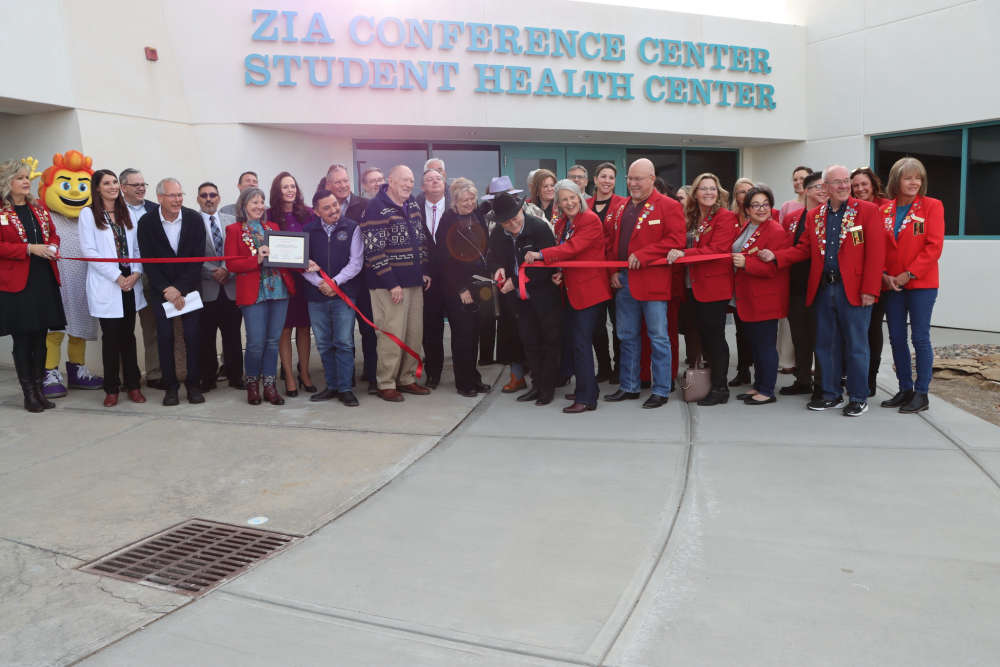
During the temporary closure of the IWTP, the additional metals loading into the Animas River was not significantly different from conditions that existed prior to the initiation of treatment of the Gold King Mine discharge when the plant was constructed in 2015. At this time, EPA expects no impacts to downstream drinking water or agricultural users associated with the short-term shutdown of the plant. Any impacts will be localized in nature and will be largely limited to aquatic life in the Animas River Canyon south of Silverton.
March 16, 2019
From the Environmental Protection Agency - Region 8
Today, the U.S. Environmental Protection Agency restored power to the Interim Water Treatment Plant (IWTP) at the Bonita Peak Superfund site in Gladstone, Colorado and resumed normal operations. The facility had been offline since the evening of March 14 due to extreme weather conditions resulting in a loss of power. Crews were able to safely access the plant this morning, and the plant is now operating normally.
During the temporary closure of the IWTP, the additional metals loading into the Animas River was not significantly different from conditions that existed prior to the initiation of treatment of the Gold King Mine discharge when the plant was constructed in 2015. At this time, EPA expects no impacts to downstream drinking water or agricultural users associated with the short-term shutdown of the plant. Any impacts will be localized in nature and will be largely limited to aquatic life in the Animas River Canyon south of Silverton.
While the Gold King Mine is a significant source of metals contamination, and one of EPA's priority sites in the Bonita Peak Superfund site, it is one of dozens of mines in the Mining District. When the water treatment plant is operational, it typically removes about 500-600 pounds of metals/day during March. While data for metals loading in winter months are unavailable, EPA estimates that the Gold King discharge, prior to treatment, represents 15% - 25%, of the total metals load leaving the mining district during low-flow conditions. The majority of these metals are iron and aluminum.
Water samples were taken along the Animas River, near Silverton, Colorado, and results are expected early next week.

 Sheriff's Office Investigates Fatal Shooting
Sheriff's Office Investigates Fatal Shooting
 Suspect Arrested in Farmington Murder Case
Suspect Arrested in Farmington Murder Case
 Farmington Temple Opens this Summer
Farmington Temple Opens this Summer
 Police: Farmington Child Abuse Suspect Killed in Home
Police: Farmington Child Abuse Suspect Killed in Home
 College Opens new Student Health Center
College Opens new Student Health Center
 Farmington Couple Accused of Severe Child Abuse
Farmington Couple Accused of Severe Child Abuse


